How Renewable is Anaerobic Digestion?
Anaerobic digestion stands as a pivotal technology in the renewable energy landscape, transforming organic waste into valuable energy resources and products. This blog post explores the renewable nature of anaerobic digestion, shedding light on its processes, benefits, and its integral role in sustainable energy production.
The Renewable Aspect of Anaerobic Digestion
Anaerobic digestion is heralded for its renewable credentials. It utilises organic waste materials, such as food waste, agricultural residue, and animal manure, converting them into renewable energy and products.
Sustainability of Biogas Production
Biogas, primarily consisting of methane, serves as a versatile, renewable energy source. It can be used for heating, electricity generation, and as a vehicle fuel, reducing reliance on fossil fuels and contributing to energy independence.
Green CO2: A Valuable By-product
During the anaerobic digestion process, CO2 is also produced. This CO2, known as green CO2, is considered a valuable by-product rather than a waste product. It can be utilised in various industries, contributing to a circular economy and reducing the carbon footprint.
Anaerobic Digestion in Practice
Anaerobic Digestion Plants: Technology and Scale
Anaerobic digestion plants range from small-scale, farm-based systems to large, industrial facilities. These plants are equipped with advanced technology to efficiently manage the digestion process and harness the energy produced.
The Role of Anaerobic Digesters in the UK
Anaerobic digestion has a significant presence in the UK, with numerous plants contributing to the country's renewable energy targets. The technology not only supports waste management strategies but also plays a crucial role in rural development and energy security.
Comparing Anaerobic Digestion to Other Energy Technologies
Anaerobic Digestion vs Gasification
While anaerobic digestion involves breaking down organic material in the absence of oxygen, gasification converts organic material into syngas using high temperatures. Both technologies offer unique benefits for renewable energy production, and their application depends on specific waste management and energy requirements.
Integration with Other Renewable Energy Technologies
Anaerobic digestion can be integrated with other renewable energy technologies, such as solar and wind power, to create a comprehensive, sustainable energy system. This integration enhances energy security and resilience against fluctuations in energy supply and demand.
Environmental Benefits of Anaerobic Digestion
Anaerobic digestion offers numerous environmental benefits, aligning with global efforts to combat climate change and promote sustainability.
Reduction of Greenhouse Gas Emissions
By converting organic waste into biogas and green CO2, anaerobic digestion prevents the release of methane and CO2 into the atmosphere, significantly reducing greenhouse gas emissions.
Waste Management and Resource Efficiency
Anaerobic digestion diverts organic waste from landfills, reducing methane emissions from waste decomposition. The process also maximises resource efficiency by transforming waste into valuable energy and products.
The Future of Anaerobic Digestion
Innovations in Anaerobic Digestion Technology
Ongoing research and technological advancements are enhancing the efficiency and applicability of anaerobic digestion. These innovations promise to address existing challenges and unlock new opportunities for this versatile technology.
Anaerobic Digestion in a Sustainable Energy Landscape
As the world shifts towards a more sustainable energy landscape, anaerobic digestion is poised to play a pivotal role. Its ability to convert organic waste into renewable energy and products makes it a key player in achieving a sustainable, zero-waste future.
Conclusion
Anaerobic digestion is not just a technology; it's a pathway to a renewable future. It exemplifies an integrated approach to waste management, energy production, and environmental conservation. As we continue to innovate and refine this technology, its role in shaping a sustainable future becomes ever more significant. Embracing anaerobic digestion is a crucial step towards a more sustainable and resilient world.
